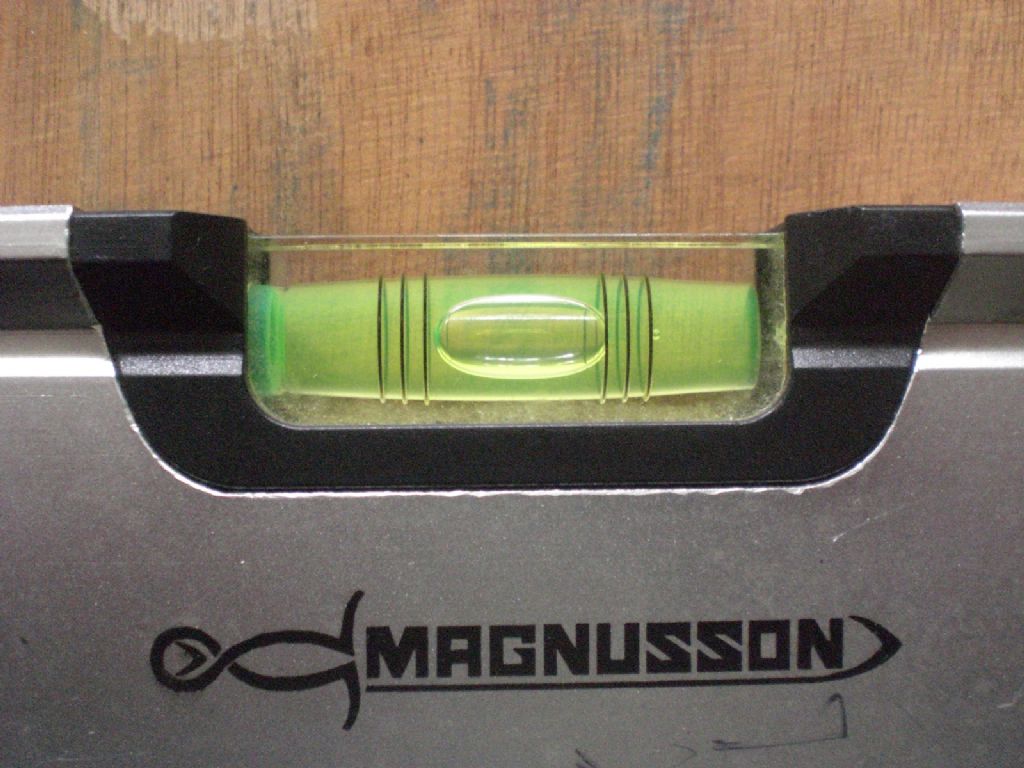Posted by Nealeb on 22/04/2023 10:09:38:
I think the sums are pretty easy here.
Let's say that 20" of tilt give a 1mm movement of the bubble – about right? So we need to find the radius of the curve in which 20" of rotation is equivalent to 1mm at the circumference. Think of a giant toroidal tube if you like, of which the vial is the tiny bit that you can see. Clearly, rotate the toroidal tube and the bubble will move, giving the numbers we are working with. 20" is equivalent to 1/3', 1/(3*60) deg, 1/(3*60*360) revolutions. So the full circumference is 1mm times (3*60*360), which my calculator makes 64800mm
Radius equals circumference/2*pi, =10313mm.
So approx radius of vial is about 10m. Substantially less than the radius of the earth?
I got a bigger equivalent radius for a Starrett 98-18 Machinists Level, where the graduations measure an angle equivalent to a slope of 0.43mm per metre.
Assuming I did it right, always a big if, this calculator suggests the Starrett vial has a radius of 1162.79081 metres. (Or would be the vial was really a bent tube; actually it's a much easier to make straight tube with a shallow barrel ground inside.)
Still much less than the radius of the earth though, which is about 6700km.
Pedantically, the bubble aligns with the planets centre of mass, and the accuracy of the level relative to a true right angle is limited by the vial mounting.
I don't know what the most accurate way of setting a level is. With a theodolite, two staves, extreme care, many traverses, and much error checking it's possible to survey a level accurate within to about 10mm per kilometre. Though I have an ancient theodolite, I doubt I could achieve that accuracy in practice, though it might be fun to try. Establishing an accurate level over several neighbouring properties does me no good at all – the level can't be used in a workshop!
Dave
Anonymous.






